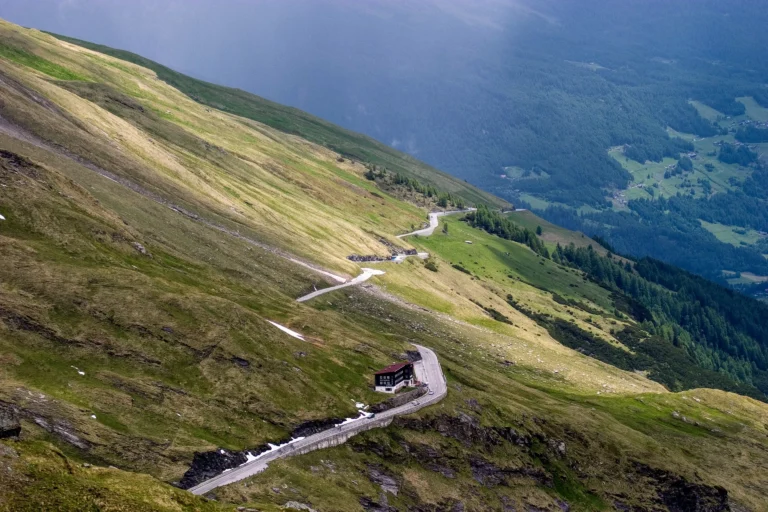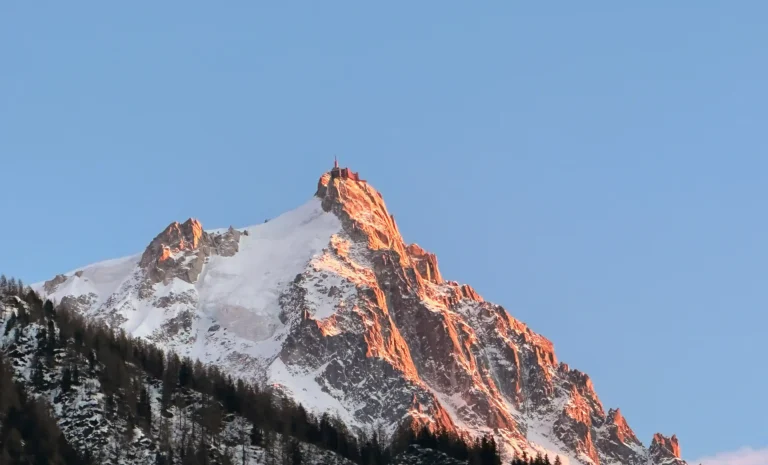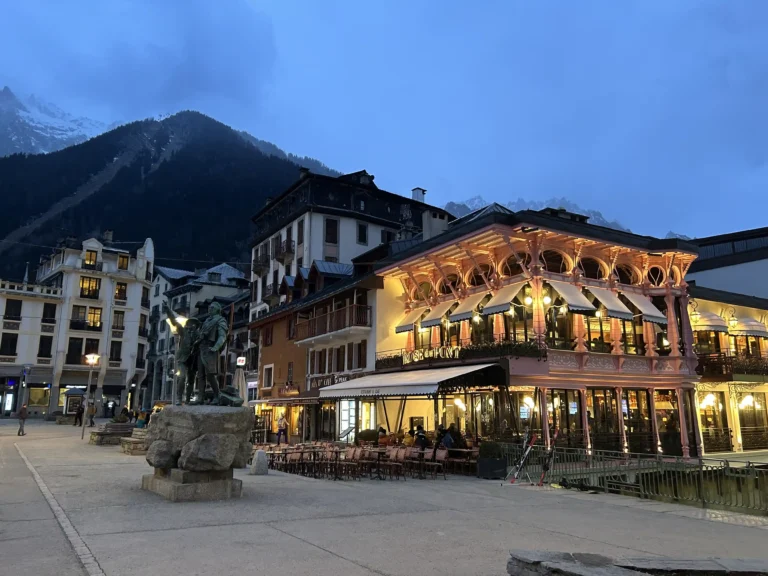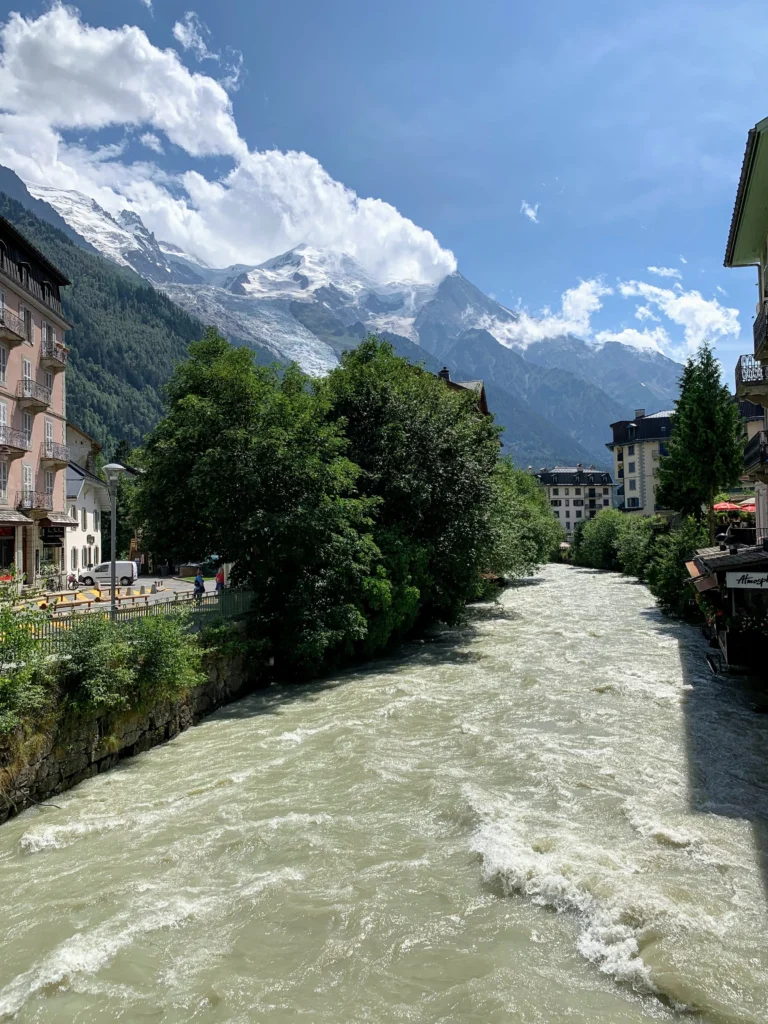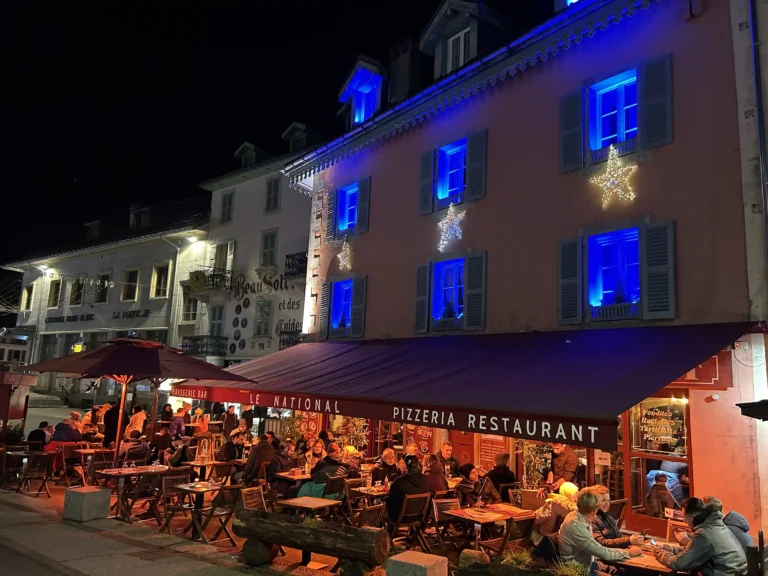After the business meeting in Vienna, we continued toward Venice. We did not take the shortest or easiest route because we wanted to cross the Alps via Grossglockner Strasse.
We spent the night in Zell am See. Zell am See is an Austrian ski resort where during summer time you will see there and nearby several “Zimmer Frei” signs. That means in German that the rooms are available. There is also a sound tourist information system. The tourist information center has pictures with the numbers, a map on the wall, and a toll-free telephone to use.
You dial the number of the pension or hotel, and you will get information about prices and availability. The only problem might be that English is not widely spoken, but we managed. Our choice was Pension Claudia in Thumersbach, a village on the other side of the lake from Zell am See. It cost us 50 euros a night (including breakfast for two). The room had an excellent view of the Alps and a lake. The staff was amiable and invited us back for the winter to ski and promised a discount. I am sure we will use this promise sometimes.
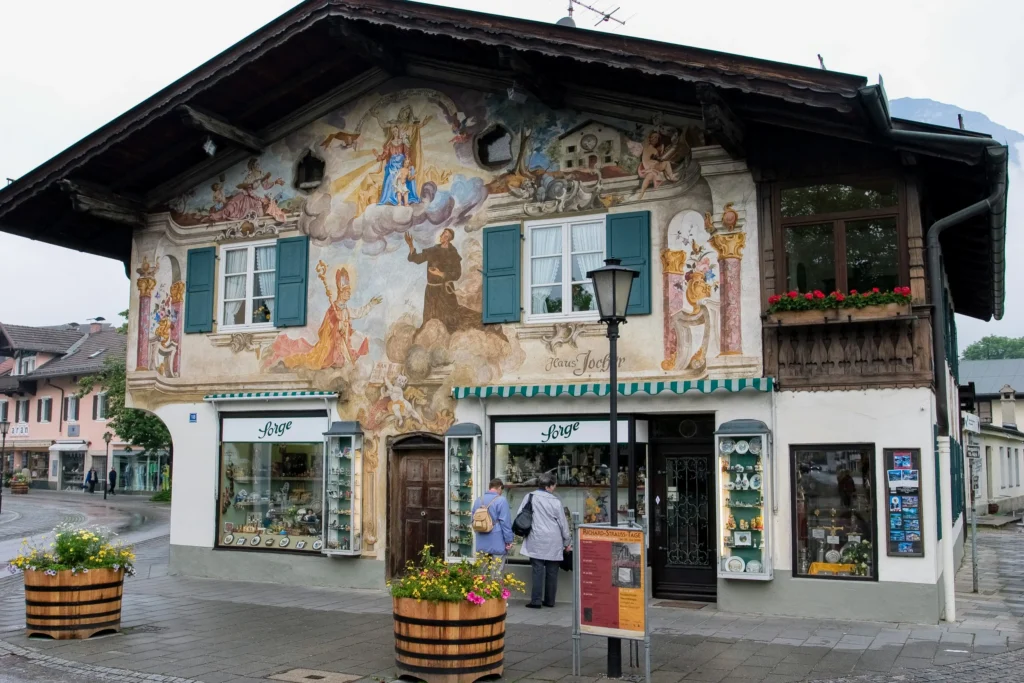
The following day, we started crossing the Alps. Grossglockner Strasse is a pay road; it costs 26 EUR to drive there in a passenger car. The scenery on the road is magnificent. We stopped several times to take pictures and enjoy the view. At 3798 m, the Grossglockner is not only the highest mountain in Austria, but it also counts among the highest peaks in the Alps. The most beautiful view is from Edelweiss-Spitze, at an altitude of 2571 m, the highest point on the Grossglockner High Alpine Road, with a majestic panoramic view of more than thirty 3000 m peaks.
At Kaiser-Franz-Josefs-Höhe, at an altitude of 2369 m, there is a visitor’s center where you can buy souvenirs and have the famous Guljash soup for four euros. Upon arriving here, you stand directly before Austria’s highest mountain, the Grossglockner, with a view of the longest glacier in the eastern Alps, the Pasterze. Dozens of marmots came to us to claim food and pose for photos. Here the temperature is chillier than before in the mountains, but in June, it was still +16, which is relatively high compared to what we experienced in Norway.
When we had enough of the mountain views, goulash soup, and cute marmots, we continued towards Venice. The road was twisty and scenic, and we stopped several times again.
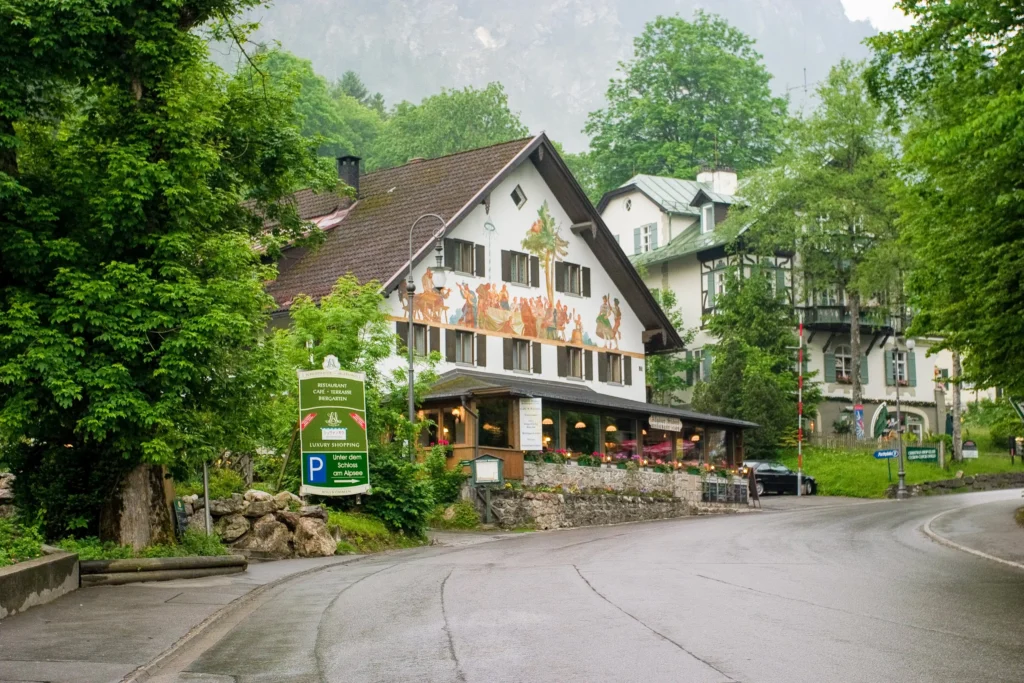
We crossed the Austrian-Italian border in the Dolomites (Dolomiti) mountains. After the mountains, we turned onto highway A27. In Italy, the autostradas (motorways) are pay roads. You can pay for driving on Autostrada with a credit card, but it is more convenient to have cash. The Autostrada is usually a very high-quality road, so the noise from tires is minimal.
We did not have any accommodation booked in Venice or other places on our planned trip. It was easy in Bavaria and Austria with “Zimmer Frei” signs. In Italy, it was different. We found tourist info near Venice. When we opened the car door, one man started selling us his hotel. Instead of buying lodging on the street, we went into Tourist Info and got friendly advice. If you book the hotel through the tourist information in Italy, you have to pay 20% of the hotel price without seeing the hotel or the room. You have to content yourself with the pictures, which could be of poor quality. Also, you have to pay a service charge of 2–4 EUR.
We got a room for 72 euros in the 2-star hotel Da Tito in Mestre. The price included breakfast. The hotel was excellent, and we could park our car safely in the backyard, which was essential for us.
The Eurotrip continues in Venice.
Is Grossglockner High Alpine Road worth it?
The Grossglockner High Alpine Road is considered one of the most beautiful and famous mountain roads in Europe, and many people find it to be a worthwhile experience. The road offers breathtaking views of the Grossglockner mountain and the surrounding Hohe Tauern range, as well as many other natural and cultural highlights. Along the way, there are several viewpoints, hiking trails, and visitor centers where you can learn more about the area’s natural and cultural history. If you enjoy scenic drives and mountain landscapes, it could be worth visiting. However, it’s worth mentioning that it can be pretty crowded during peak tourist season and the toll fee for the road is relatively high.
The road is typically open from May to October, depending on snow conditions. Expect heavy traffic in the peak summer season.
The Road is 48 km (30 mi) long. The time it takes to drive the road can vary depending on traffic and weather conditions, as well as personal stops for sightseeing and taking in the views. On average, it takes about 1.5-2 hours to drive the road without making any stops. However, if you plan to stop at viewpoints, hike on some of the trails, or visit visitor centers, it could take longer, like 3-4 hours or more.
